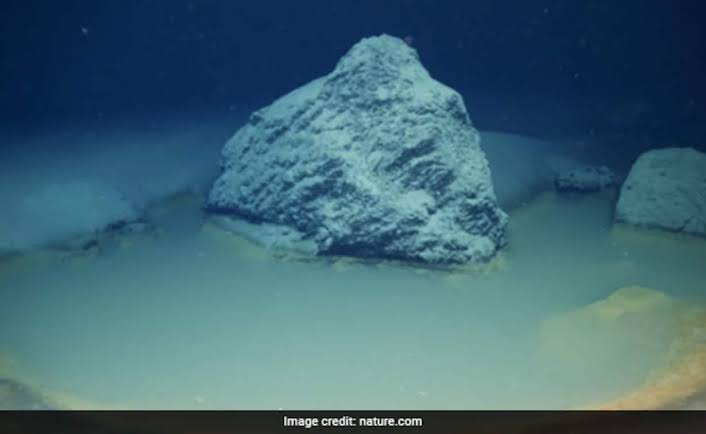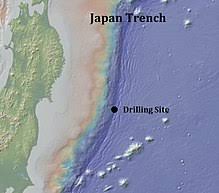
Researchers at the University of Miami have found out a deadly pool at the floor of the Red Sea that is disastrous to swimmers. The summary claims that the brine lake, which was found 1.7 kilometres below the sea level, was distinguished using a remotely regulated marine vehicle. The fatal pool was discovered by the scientists in the final five minutes of their ten-hour dive.
The researchers defined a brine pool as a dip in the seafloor that is filled with saltier-than-normal chemical compounds and highly concentrated salt water. They affirmed that these subterranean pools have the capacity to pickle living things, shock them, or even kill them.
Researchers call these pools as sea’s “extreme conditions”
The fatal ponds are “among the most severe habitats on Earth,” according to lead researcher Sam Purkis, who also claimed that any animal that wanders into the brine is instantly shocked or killed. Additionally, according to Purkis, fish, shrimp, and eels appear to search in the brine pool; as a result, they unintentionally enter the lethal water.
Purkis stated that the discovery of such pools will undoubtedly aid researchers in their quest to understand how the planet’s seas evolved. Curiously, brine pools are home to numerous microorganisms and have a wide variety.
Until we understand the limits of life on Earth, it will be difficult to determine if alien planets can host any living beings,” Purkis said.
According to a New York Post report, this is not the first brine pool that scientists have found. Over the past 30 years, scientists have discovered ‘a few dozen’ fatal pools in the Red Sea, Mediterranean Sea, and the Gulf of Mexico.
The maximum of ocean beds are undiscovered
Successful attempts have been made by scientists to land rovers on Mars, take pictures of black holes, and go to the dark side of the moon. However, one of the last unexplored regions—and one of the most surprisingly familiar—is right here on Earth.
Over 80% of the ocean has not yet been fully explored. And only around 7% of the world’s oceans have been classified as marine protected areas since it’s challenging to safeguard what we don’t know. What we seek to learn about the oceans determines how we explore them. If our inquiries are, “What does it look like down there?” or “What’s going on down there?,” then the area that has been “explored” is possibly much slighter than the 0.05% of the level that has been so far reported by sonar at its best resolution.
About Mariana Trench and Japan Trench

The western Pacific Ocean’s Marina Trench is the deepest spot on Earth’s surface. The Challenger Deep, the deepest point on Earth, is located there. Even though numerous individuals have scaled Mount Everest, only two have made it down the Challenger Deep. In their Trieste bathyscaphe, Jacques Piccard and Don Walsh descended 10,916 metres in 1960.
Part of the Pacific Ring of Fire in the northern Pacific Ocean is the Japan trench, as seen in the image above. The Japan trench extends from the Kuril Islands to the Bonin Islands and has a maximum depth of 9 km. Additionally, it is the continuation of the Izu-Ogasawara and Kuril-Kamchatka Trenches to the north and south, respectively. The oceanic Pacific plate subdued beneath the continental Okhotsk Plate, creating the trench. Additionally, the Japan Trench’s subduction zone moves as a result of earthquakes and tsunamis. Even the species living in these deep pools are unknown to the world. With the sea bed being a vast body, it isn’t an easy task to have a clear depiction of marine life.